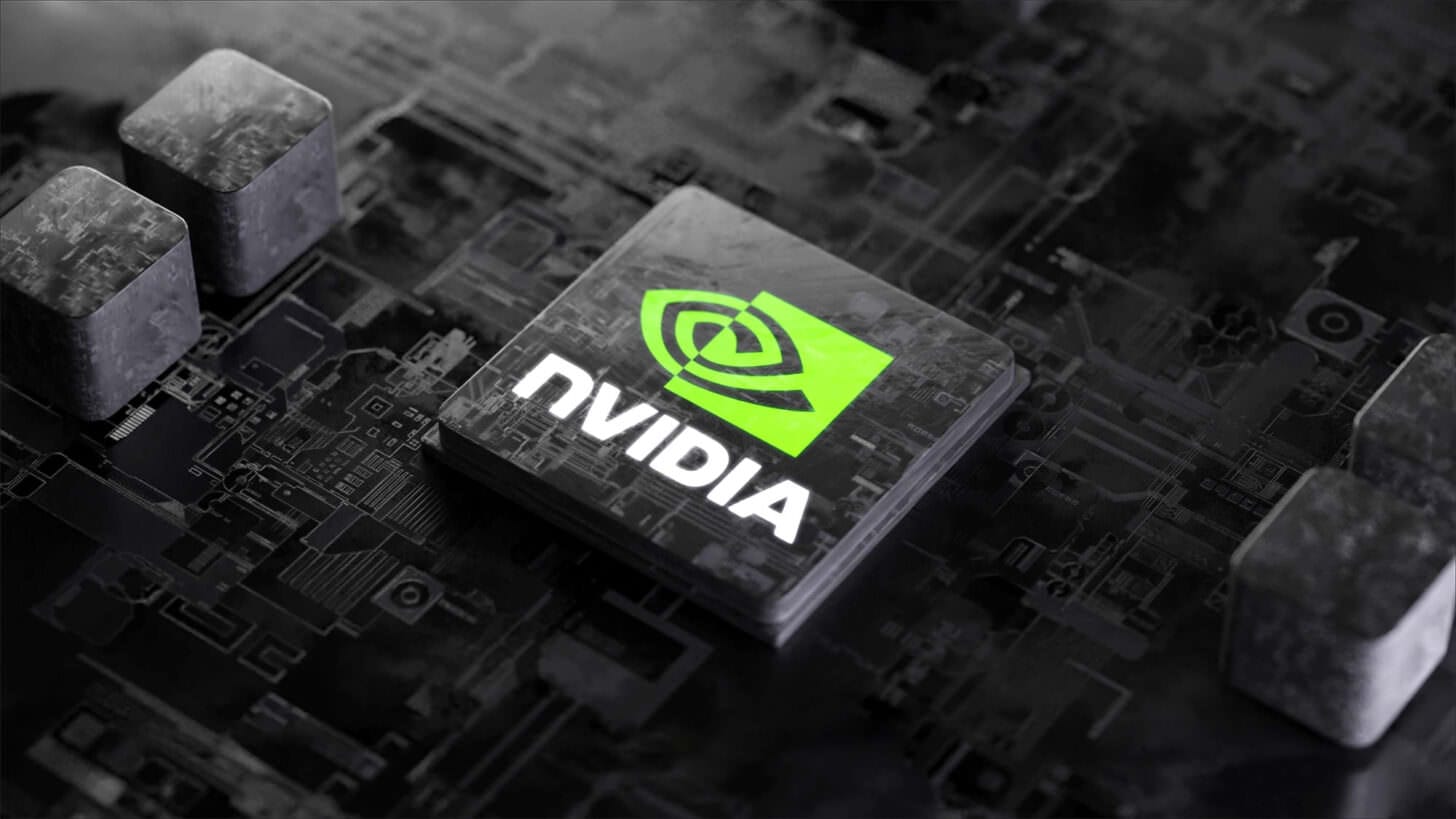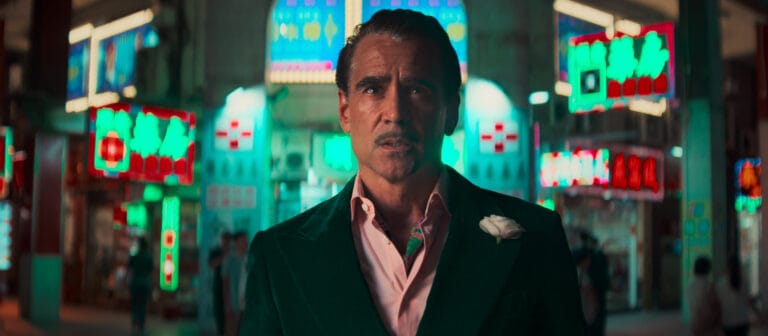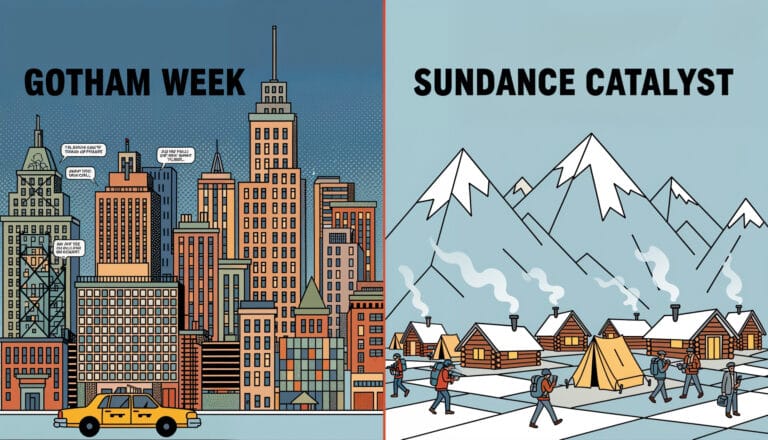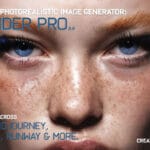- Building the Foundation: Nvidia is heavily investing in foundational AI models (like Cohere and Mistral AI), which will power the next generation of creative software.
- Specialized Tools are Coming: The focus is shifting to industry-specific applications, with investments in companies like Runway and Synthesia that directly impact video production and VFX.
- An Entire Ecosystem: The tech giant isn’t just backing software; it’s funding the entire AI pipeline, from the cloud infrastructure (CoreWeave) that runs the models to the robotics (Figure AI) that might one day operate on set.

In the grand, unfolding narrative of artificial intelligence, Nvidia has cast itself not merely as a character, but as the architect of the entire cinematic universe. With its GPUs serving as the foundational building blocks for the AI revolution, the company’s meteoric rise is a story of silicon and vision. But beyond the headlines of soaring stock prices lies a more subtle and arguably more important plot: its aggressive strategy of corporate venture capitalism. By pouring billions into a carefully curated portfolio of over 100 startups, Nvidia is doing more than just betting on the future; it is actively constructing it. For filmmakers, VFX artists, and digital creators, deciphering this strategy is like being handed the script for the next decade of our industry. This isn’t just about financial speculation; these are the blueprints for the tools, workflows, and platforms that will define our creative endeavors. Understanding Nvidia’s AI startup investments is essential to preparing for the seismic shifts ahead.
The New Foundation: Betting on Foundational Models
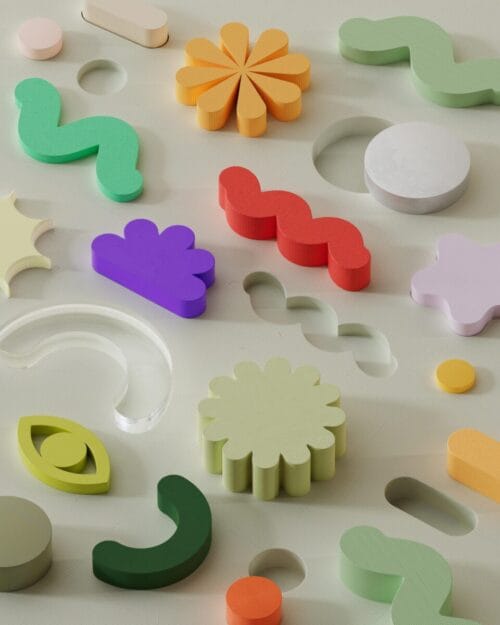
At the core of Nvidia’s investment strategy is a profound belief in the power of foundational models. These are the colossal, data-trained neural networks that act as the base layer upon which more specific AI applications are built—think of them as the raw engine block before it’s tuned for a race car or a cargo truck. Nvidia is strategically funding the companies that are forging these core “brains,” ensuring its hardware remains the essential platform for the entire AI ecosystem. This approach isn’t just about fostering innovation; it’s about guaranteeing that the fundamental language of future AI is one that speaks fluent CUDA, Nvidia’s parallel computing platform. This layer of investment is the bedrock, creating a fertile ground from which countless creative applications will eventually spring.
The real-world implications of this strategy are already visible in the startups receiving Nvidia’s backing. Consider Cohere, which specializes in large language models (LLMs) for enterprise use, or Mistral AI, a European rival to OpenAI known for its powerful open-source models. While these might seem distant from a film set, they are the engines that will power smarter script analysis tools, automated dialogue generation, and hyper-intelligent asset management systems. Then there’s Inflection AI, focused on creating “personal AI for everyone,” a technology that could one day evolve into a creator’s ultimate assistant, capable of understanding a director’s vision and helping to generate storyboards, shot lists, and even pre-visualizations. These companies aren’t just creating products; they are building the cognitive architecture for a new era of digital creation.
For a filmmaker or creative, this trend toward powerful, accessible foundational models matters immensely. It signals that the barrier to entry for high-level AI-assisted creation is rapidly lowering. You no longer need to be a massive studio to leverage sophisticated AI. The practical tip here is to start familiarizing yourself with the concepts behind these models. You don’t need to be a coder, but understanding the difference between a general LLM and a diffusion model for image generation will empower you to choose the right tools for your projects. Experiment with open-source models on platforms like Hugging Face to get a feel for their capabilities and limitations. This knowledge will be the new literacy required to navigate the evolving creative landscape, a core component of future Filmmaking AI Workflows.
Automating the Industry: AI for Specialized Workflows
While foundational models form the base, Nvidia’s vision extends into a second, more specialized layer: AI tools designed for specific enterprise and industry workflows. The company understands that for AI to be truly transformative, it must move beyond general-purpose chatbots and image generators and become deeply integrated into the professional pipelines of various sectors, including media and entertainment. This is where the technology transitions from a fascinating novelty into an indispensable utility. By investing in companies that are building these vertical-specific solutions, Nvidia is accelerating the adoption of AI in a tangible, practical way, ensuring its influence is felt not just in data centers, but in editing bays, VFX houses, and virtual production stages.

The roster of startups in this category reads like a who’s who of the future of digital content creation. The most prominent example is Runway, a company at the forefront of generative video, which received significant funding from Nvidia. Their tools are already allowing creators to generate video clips from text prompts, perform complex rotoscoping with a single click, and create custom AI models trained on their own artistic style. Another key investment is Synthesia, a platform for creating realistic AI-powered video avatars, a technology with huge implications for corporate video, training materials, and potentially even digital extras in film. These companies are directly addressing the pain points and expensive bottlenecks in traditional production and post-production, offering AI-driven solutions that promise to save time and unlock new creative possibilities.
This focus on specialized tools is a clear signal to creators that the time for practical application is now. It’s no longer a question of if AI will change your workflow, but how you will integrate it. The practical tip is to conduct a “workflow audit.” Identify the most time-consuming or cost-prohibitive parts of your creative process—is it color grading, creating concept art, or cleaning up audio? Then, actively search for AI tools designed to address that specific task. Don’t try to replace your entire workflow at once. Instead, start by integrating one tool, like using an AI video generator for pre-visualization storyboards or an AI audio tool for dialogue enhancement. This incremental approach allows you to adapt and learn without being overwhelmed, ensuring you stay ahead of the curve. Exploring a comprehensive tool like AI Render Pro can be an excellent starting point for understanding how prompting works across different modalities.
The Rise of the Machine: Robotics and Embodied AI
Perhaps the most forward-thinking aspect of The chipmaker’s AI startup investments is its significant push into robotics and embodied AI. This is the point where the digital intelligence cultivated in servers and clouds is given a physical form, enabling it to interact with and manipulate the real world. For the firm, this isn’t science fiction; it’s the logical next step in the evolution of AI. By investing in companies building autonomous systems and humanoid robots, Nvidia is betting on a future where AI isn’t just a tool you use on a computer, but a physical collaborator on a factory floor, in a warehouse, or even on a film set. This dimension of their strategy reveals a long-term vision that extends far beyond our screens.
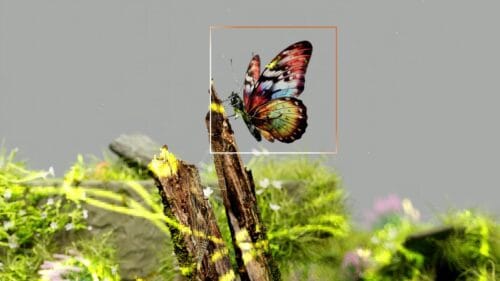
The key investments here are striking. Look at Figure AI, a startup developing general-purpose humanoid robots, which recently received a massive infusion of capital from a consortium including Nvidia. These robots are designed to perform manual labor in environments built for humans, a concept that could one day translate to on-set tasks like setting up C-stands, adjusting lights, or managing equipment. Another example is Waabi, which is developing AI for autonomous trucking. While seemingly unrelated to filmmaking, the underlying technology—AI that can perceive, navigate, and safely operate in complex, dynamic physical spaces—is precisely what would be needed for a new generation of fully autonomous camera dollies, drones, and robotic arms capable of executing camera moves far beyond human capability.
For creators, the rise of embodied AI may seem distant, but its implications are profound. It represents the ultimate convergence of the digital and physical aspects of production. The practical tip is to start thinking about automation not just in post-production, but in production itself. Pay close attention to the advancements being made in camera robotics and drone technology. Familiarize yourself with the concepts of motion control and virtual production, where precise, repeatable camera movements are essential. While you may not be hiring a robot grip tomorrow, understanding the principles of physical automation will prepare you for the integration of these technologies. The future director may not only command actors but also a symphony of intelligent devices on set, and that future is being built today.
Building the Brain: The Infrastructure of Intelligence

Underpinning this entire revolution is a simple, brute-force reality: AI requires an astonishing amount of computational power. Foundational models are not born; they are trained on massive datasets using thousands of GPUs running for weeks or months at a time. Nvidia, as the primary manufacturer of these GPUs, is in the “picks and shovels” business of this new gold rush. But their strategy is more sophisticated than just selling hardware. They are also investing heavily in the companies that build and manage the specialized cloud infrastructure needed to deploy this power at scale, ensuring they control not just the hardware, but also the primary means of accessing it.
A prime example of this is the tech giant’s massive investment in CoreWeave, a specialized cloud provider that offers bare-metal access to the latest Tech Giant’s GPUs. Unlike general-purpose cloud providers, CoreWeave is optimized specifically for AI and machine learning workloads, making it a go-to platform for AI startups and, increasingly, major VFX and animation studios. By backing CoreWeave, The Company is nurturing a cloud ecosystem that is purpose-built for its own hardware, creating a powerful, symbiotic relationship. This investment in the fundamental infrastructure ensures that as the demand for AI computation skyrockets, Nvidia’s ecosystem is ready to meet it, solidifying its market dominance from the silicon chip all the way up to the cloud service.
This behind-the-scenes infrastructure play matters to the individual creator because it dictates the accessibility and performance of the AI tools you use every day. The power of cloud-based platforms like Midjourney, Runway, or our own AI Render Pro is entirely dependent on this vast, underlying network of GPUs. The practical tip here is to embrace cloud-based workflows. You no longer need a multi-thousand-dollar workstation to achieve high-end results. Instead of investing heavily in local hardware, consider allocating that budget towards subscriptions for powerful cloud services. This approach not only gives you access to state-of-the-art technology but also offers scalability, allowing you to ramp up computational power only when you need it for a big project, making professional-grade AI tools more affordable and accessible than ever before.
Your Place in Nvidia’s New World
By examining the patterns in The Tech Giant’s AI startup investments, a clear and cohesive blueprint for the future of the creative industries emerges. It’s a multi-layered strategy that secures the entire technological stack, from the foundational models that form the core intelligence, to the specialized software that integrates into professional workflows, to the cloud infrastructure that provides the raw power, and even to the physical robots that will eventually act in the real world. This is not a random collection of bets; it is the deliberate construction of an end-to-end ecosystem designed to run on Nvidia hardware. For creators, this is both an exhilarating and daunting vision of the future.

The immediate impact is a radical transformation of the creative process. Pre-production will be supercharged by AI, with tools that can generate entire worlds, characters, and storyboards from simple text descriptions. Production will see increased automation, from smarter camera systems to AI-assisted scheduling. And post-production will be redefined, with tasks that once took weeks, like rotoscoping or VFX compositing, being completed in minutes. Our Midjourney Mastery Guide is a perfect example of how creators can already tap into this new paradigm for concept art and visual development, a trend that will only accelerate. The lines between pre-production, production, and post-production will blur into a more fluid, iterative, and AI-augmented workflow.
Ultimately, this all matters because the role of the creator is evolving. Your value will no longer be solely in your technical execution, as AI will handle much of that heavy lifting. Instead, your most critical skills will be your unique vision, your creative taste, and your ability to direct these powerful new tools to achieve a specific artistic goal. The practical tip is to double down on your core creative competencies. Focus on storytelling, composition, lighting, and developing a strong artistic voice. Learn the art and science of “prompt engineering,” as your ability to communicate your vision to an AI will be paramount. By understanding the direction indicated by Nvidia’s AI startup investments, you can position yourself not as a technician who will be replaced, but as a visionary director who will be empowered.
Internal Links for Further Learning
- Explore our guide on Filmmaking AI Workflows to see how these technologies integrate practically.
- Get started with generative AI using our powerful prompt generator, AI Render Pro.
- Dive deep into visual creation with our Midjourney Mastery Guide.
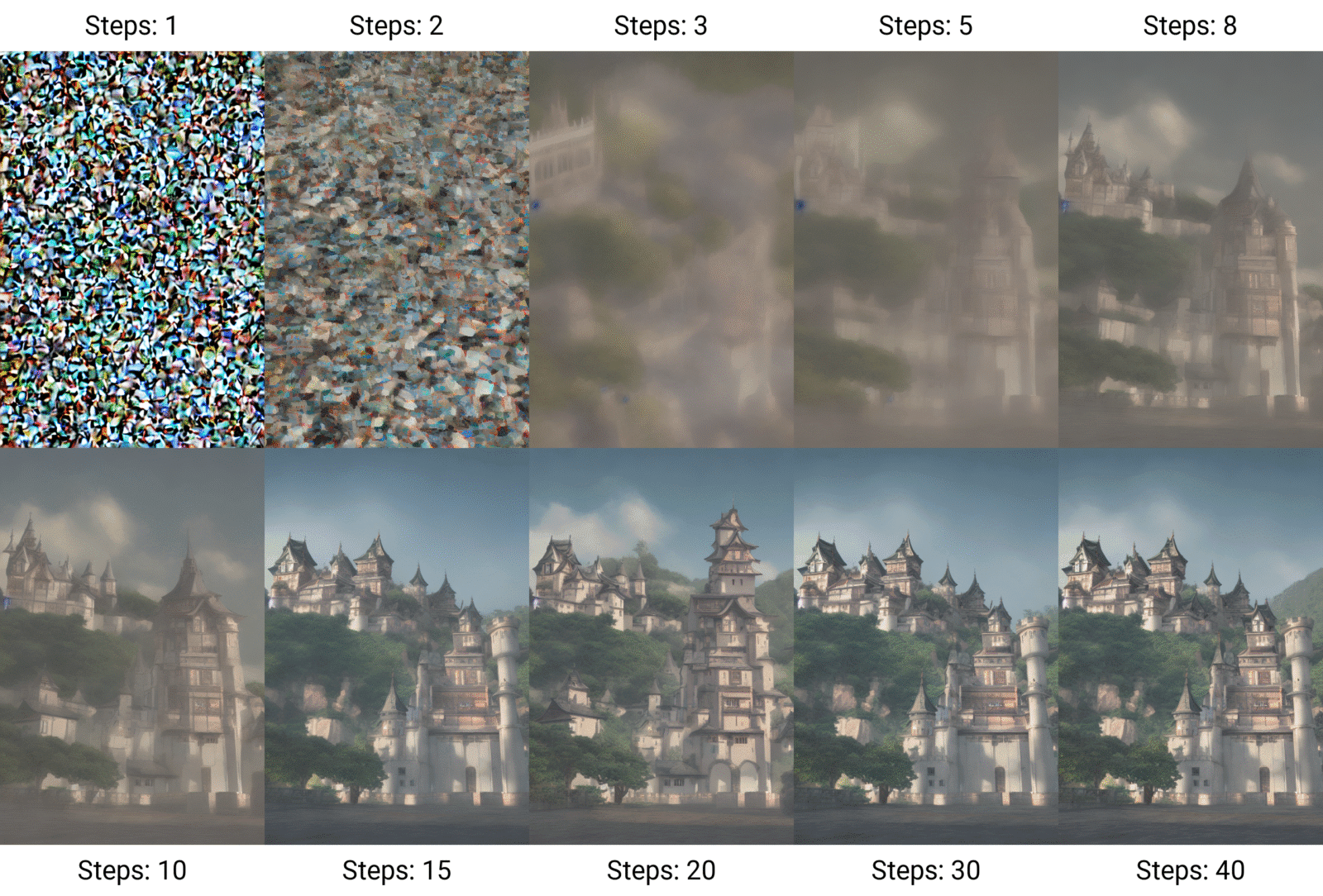
Conclusion
Nvidia is not just selling the hardware for the AI revolution; it is actively funding and shaping the entire ecosystem that will run on it. For filmmakers and creatives, this meticulously constructed blueprint is a powerful indicator of where our industry is headed. The message is clear: the future is one of co-creation with intelligent systems, powered by a vast, interconnected network of specialized tools and foundational models. The challenge—and the opportunity—is to adapt, learn, and position yourself to be the creative visionary guiding this new technology. To begin your journey and master the art of communicating with these new tools, explore our AI Render Pro prompt generator and start bringing your cinematic visions to life today.
FAQ

What is Nvidia’s primary role in the AI industry?
The Tech Giant designs and manufactures Graphics Processing Units (GPUs) that are the essential hardware for training and running complex AI models. Beyond hardware, it is a major investor in the AI software and infrastructure ecosystem, shaping the future of the industry.
Which types of AI companies are they investing in?
Nvidia’s investments are diverse, covering foundational model creators (like Cohere), specialized AI application companies for creative industries (like Runway), robotics and autonomous systems (like Figure AI), and the cloud infrastructure companies that provide access to its GPUs (like CoreWeave).
How can filmmakers and creatives benefit from these AI advancements?
These advancements are leading to powerful new tools that can accelerate and enhance the creative process. This includes AI-powered video generation for pre-visualization, automated VFX and post-production tasks, intelligent script analysis, and new possibilities for virtual production and on-set automation.
Discover more from Olivier Hero Dressen Blog: Filmmaking & Creative Tech
Subscribe to get the latest posts sent to your email.

